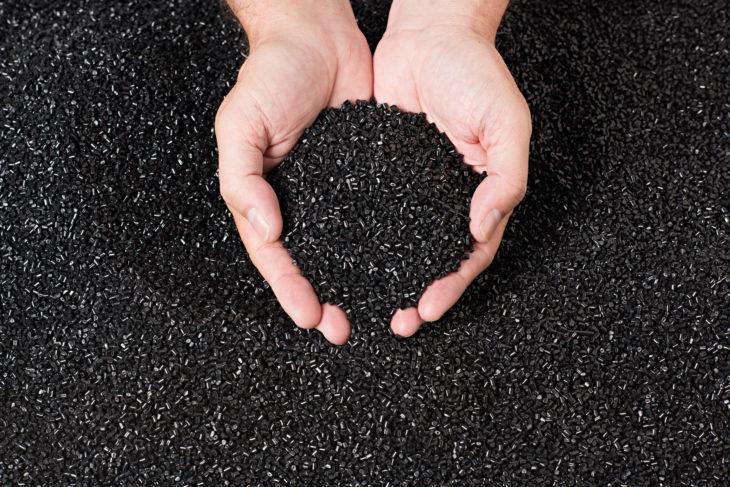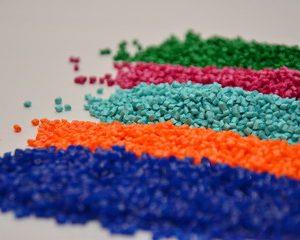Description
PVC compounds are obtained depending on the application of a specific combination of pewter powder, softeners and other additives. The use of pyruvate compounds is recommended to overcome poor thermal stability and photochemical degradation of pyruvate. Thermal stabilizers (lead compounds, organotin compounds and other metal compounds) and optical stabilizers (phenyl salicylate, oxalic anhydride and phenyl formidine, etc.) are usually added to these compounds.
PVC powder is polymerized in two main ways:
- Hard Rigid or Dry Rigid PVC
- Flexible design or soft design
PVC compound is used in the manufacture of pipes and door and window profiles. It is also used in the manufacture of bottles, non-essential packaging and cards (such as bank cards).
Hard and soft PVC compounds are used in different products based on their properties. PVC is widely used due to its durability, cost-effectiveness and flexibility. This product can also be used in healthcare, food packaging, car spare parts and toys.
Hard PVC does not typically contain plasticizer or plasticizer, while soft PVC has a very high concentration of plasticizer.
PVC compound is a durable material that is cheaper than other engineering plastics. PVC compound is a good electrical insulator that is suitable for use in wires and cables. Good impact resistance and waterproof properties make it ideal for construction products. Also, resistance to environmental conditions has led to the use of this material in PVC pipes and fittings.
Products of PVC polymerization process are powdered and not modified. Before PVC becomes the final product, it is often combined with materials such as the following:
- Heat stabilizers
- Optical stabilizers (UV stabilizer)
- Plasticizers
- Processing aid additives
- Impact modifiers
- Fillers
- Pigments
- Additives for mixing with PVC
The choice of additives used to combine with PVC is determined by parameters such as: performance, cost and expected properties of the final product.
PVC compound, also known as RPVC or UPVC (without plasticizer), has high hardness, excellent mechanical properties and high melting point. These materials work well in some applications, such as deck and rail bodies or pipe fittings.
Flexible PVC compounds are formulated to meet functional needs for applications such as medical pipes, electrical wiring, car body molding and hoses.
Market needs, scientific advances, regulatory guidelines, and raw material economics are forcing R&D technicians and formulation engineers to look for more versatile and cost-effective materials to use in their custom blended formulas. Vinyl compounds are a very cost-effective material in many markets and applications.
Properties of PVC compounds
- The density of hard PVC can be from 1.3 to 1.45 g / cm3 compared to the density of soft PVC which is from 1.1 to 1.35 g / cm3
- Lack of moisture absorption
- Light weight with flexural strength
- High impact resistance
- Fire Delay
- Self-extinguishing
- Easy hard
- No corrosion
- Toxic substances
- Resistance to chemicals
- Resistance to corrosion, rot and rust
- Longitudinal expansion coefficient
- High dimensional stability
- Excellent printability
Application of PVC compounds
- Power cords and cables
- Artificial leather
- Bottle
- Shoes
- Hoses
- Floors
The amount and type of PVC compound additives are determined according to the application and final properties of the product. According to this case, the final product can be obtained with excellent quality.
A variety of processes are used to form PVC compounds. These include extrusion, injection molding and pneumatic molding. These compounds replace rubber in pneumatic products and many applications.

